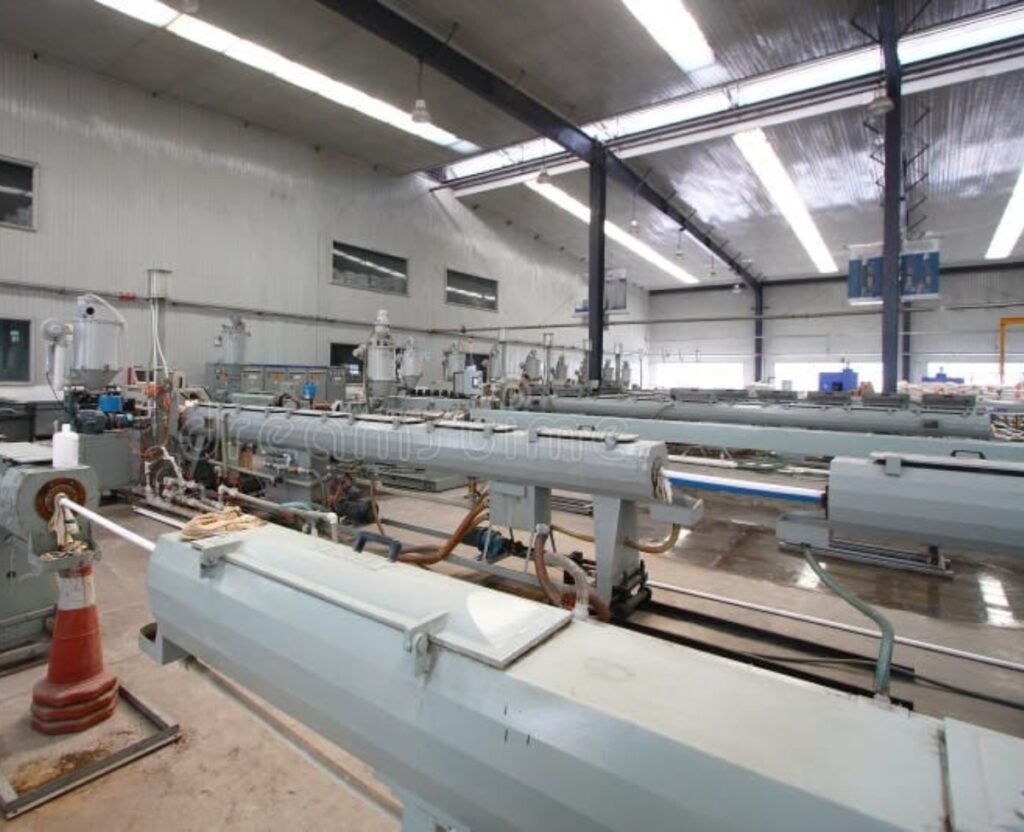One of the leaders of the plastic piping industry is Plastic Pipe Institute (PPI). It advocates for robust, resilient systems employed in homes, the business and in cities. Their objective is to advertise the advantages and durability of plastic piping and its efficiency.
Experts consider PPI as the engine for the industry standards. Scholars applaud its work in producing long lasting, cost effective pipe design. Research shows PPI’s commitment to sustainability and innovation so that industries can adopt safer, more efficient solutions.
The same is true because its commitment to sustainability builds communities. With support for innovation, the PPI ensures growth, reliability, and success in each task. In this guide, one can learn about their mission, their accomplishments, andtheir objectives.
History and Mission of the Plastic Pipe Institute
PPI is a division of the Society of the Plastics Industry and started in 1968. It evolved into an independent organization in the course of time. Its vision is to make lives better in promoting use of resilient plastic piping. Development, acceptance, as well as technical competency in these systems is promoted by PPI. From the beginning, innovation has been the cause of PPI, and it has been looking at effective and sustainable solutions.
PPI has had this bar of quality since its early years.
It created industry standards and led innovations. Through its research and advocacy, PPI impacted various sectors. Agriculture, construction, and energy all benefit from its work.

Key Functions of the Plastic Pipe Institute
PPI supports the piping industry in multiple ways. Its functions include:
Setting Standards
PPI develops technical guidelines and standards. These documents ensure safety, durability, and efficiency.
Research and Testing
The institute conducts studies to improve designs. Research identifies ways to make pipes last longer.
Advocacy
It highlights cost benefits and sustainability.
Educational Programs
They offer training for professionals. Programs cover installation, maintenance, and safety.
Through collaboration, PPI brings together experts to tackle challenges and find solutions.
Plastic Pipe Institute Standards and Guidelines
Standards are essential for the industry. PPI develops these to maintain quality. Key guidelines include:
Hydrostatic Stress Ratings
Documents like TR-3 outline methods to determine pressure ratings.
Joining Techniques
TR-33 explains polyethylene pipe fusion. This ensures stronger pipe connections.
Material Specifications
PPI lists materials that meet strict testing standards.
Standards originate from thorough research. These guidelines help engineers and contractors meet legal and safety requirements.
Innovations by the Plastic Pipe Institute
PPI has played a leading role in plastic piping advancements. Early designs replaced metal with polyethylene piping.
Development of Corrugated Pipes
Introduced in the 1960s for drainage, these pipes last longer and cost less.
Application in Gas Systems
Polyethylene pipes became the standard for gas distribution.
PPI continues to drive material research. Enhanced resins and flexible designs offer better results. These innovations cement PPI’s role in modern infrastructure.
Plastic Pipe Institute’s Role in Sustainability
Plastic piping aligns with environmental goals. PPI emphasizes sustainability in its mission. They resist corrosion, leading to longer use. Leak-resistant joints ensure safer water systems.
Examples of PPI’s Sustainable Impact:
- Water Conservation
- Resilience to Natural Disasters
- Carbon Footprint
These efforts outline PPI’s efforts towards sustainable development.
Applications that are Served by the Plastic Pipe Institute
PPI-backed materials are versatile. Industries use them in diverse settings. Their key applications include:
Agriculture
Plastic piping helps irrigate fields. It improves water distribution in remote locations.
Energy Networks
Pipes withstand high pressures in gas systems.
From small homes to industrial complexes, PPI’s influence is widespread.
Plastic Pipe Institute Membership Benefits
Membership includes numerous perks. These include access to specialized tools and resources. Members contribute to shaping policies through working groups.
Other benefits are:
- Technical Guidance
Access PPI’s extensive library of reports and training. - Networking Opportunities
Professionals connect during annual conferences. - Market Insights
Members track trends and anticipate challenges.
PPI fosters a collaborative environment, combining expertise and innovation.
Educational Resources from the Plastic Pipe Institute
Education remains a core pillar of PPI’s work. They provide learning materials for engineers, students, and industry leaders. Resources include:
- Webinars
- Handbooks
- Workshops
Educating stakeholders ensures wider adoption of plastic piping solutions.
Future Goals of the Plastic Pipe Institute
PPI aims to further expand its influence globally. Upcoming goals include:
- Advancing Technology
- Promoting Global Standards
- Increasing Awareness
These aspirations guide PPI as it evolves with the industry.
Conclusion
Plastic Pipe Institute is an industry leader. It brings innovation and sustainability together as the future of infrastructure. Its work makes the work of construction easier, conserves resources, and increases the strength of systems. Solving the present-day challenges, PPI is laying a foundation for a legacy for future years.

